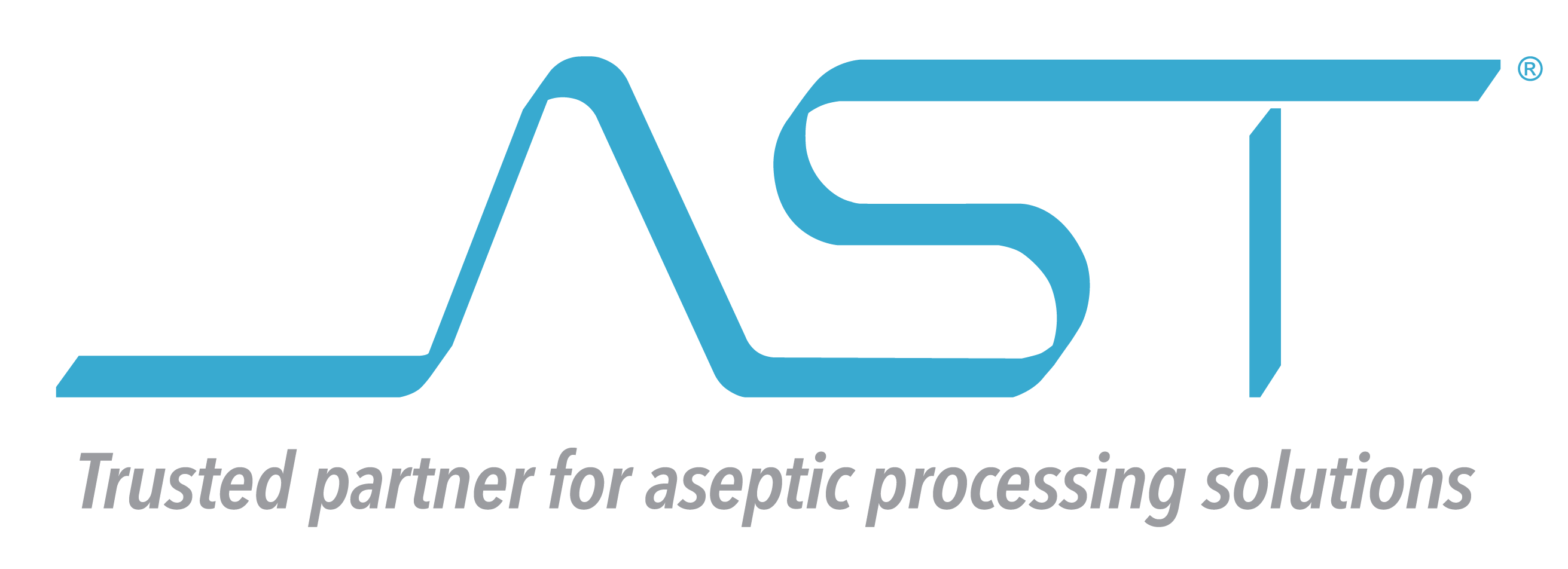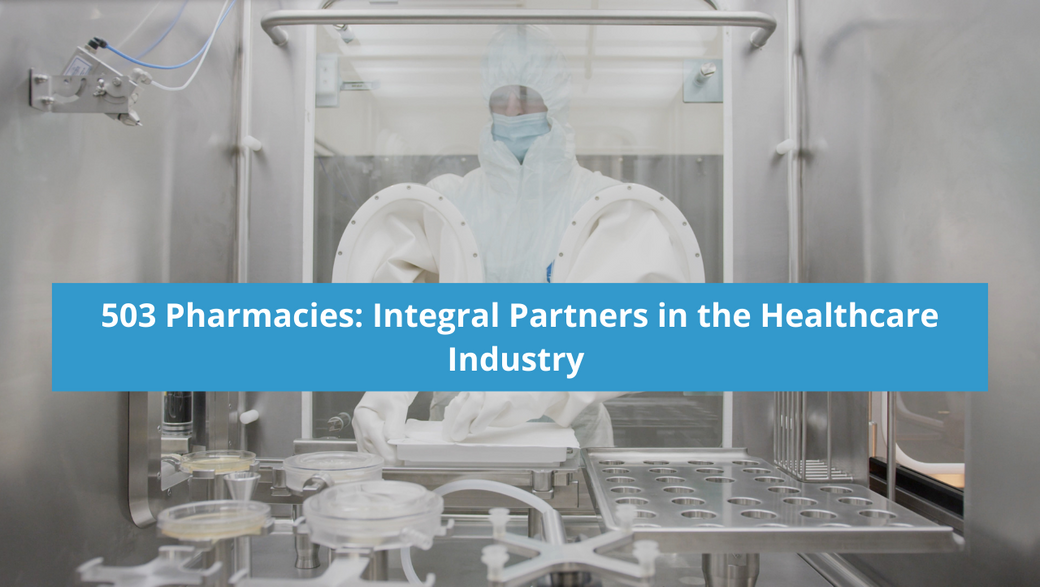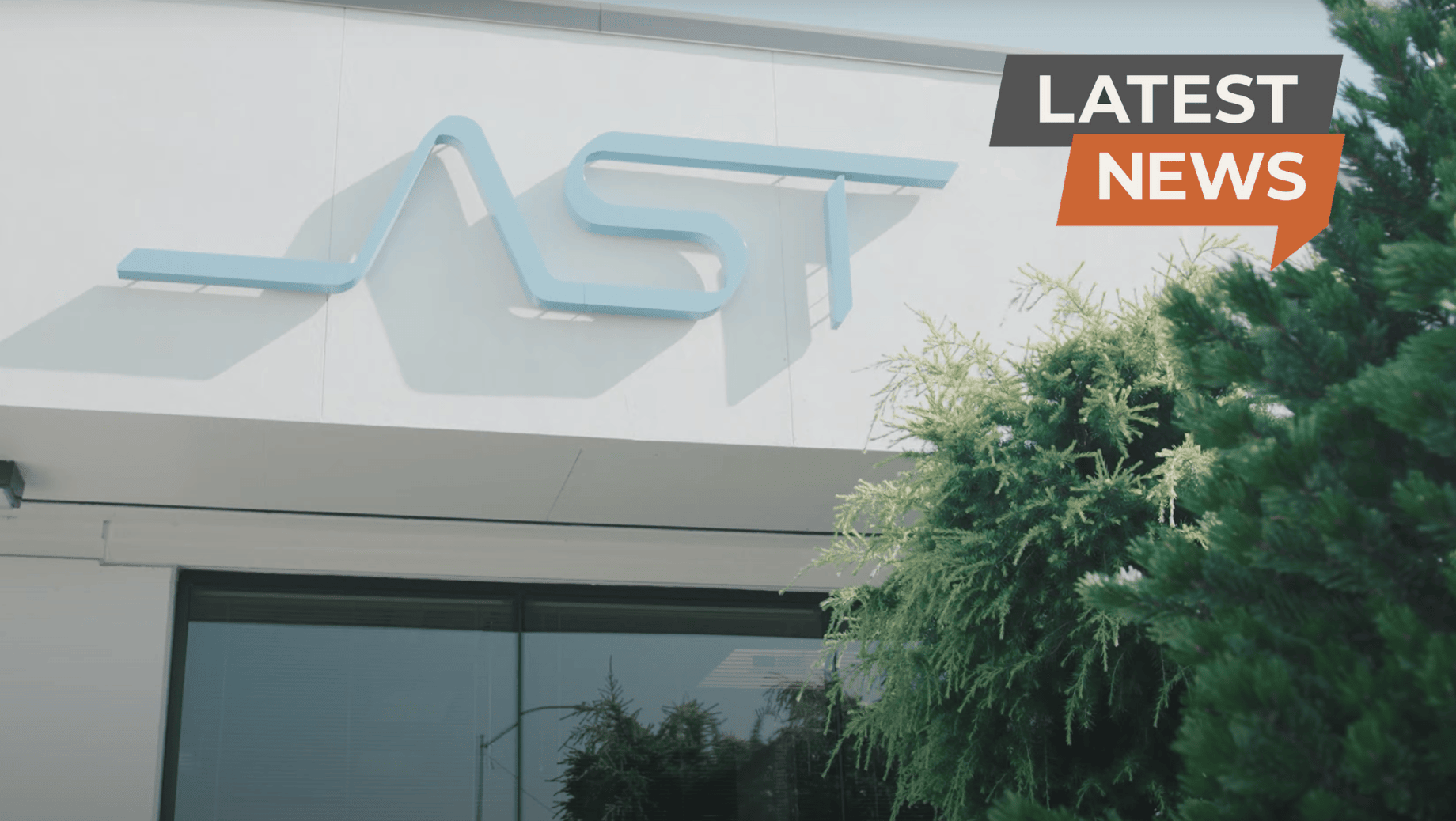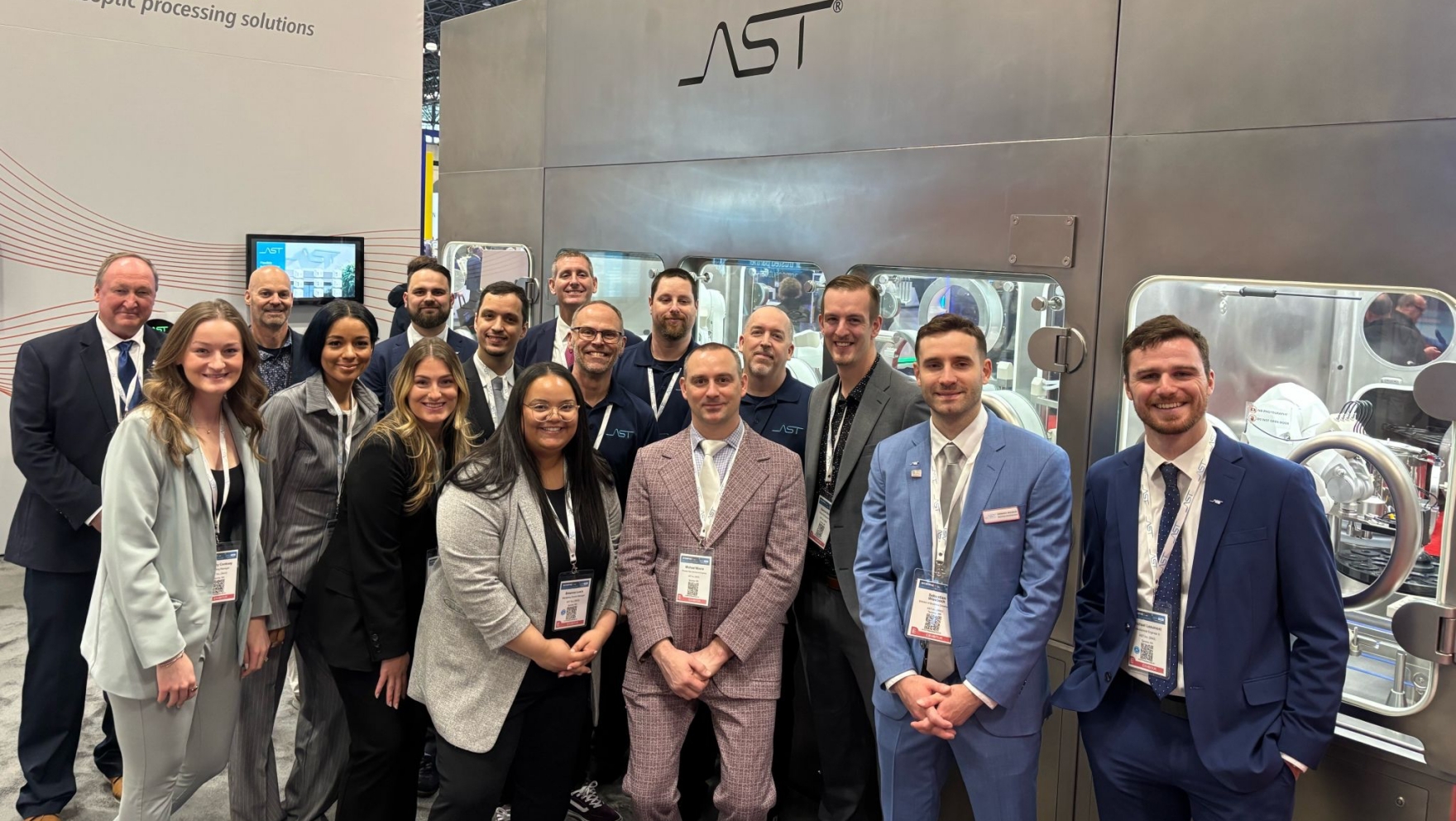The nature and function of compounding pharmacies requires that any product implementation be precise. The business of delivering medication compounded for direct patient use is a serious undertaking. There have been numerous instances of quality lapses in the product-to-patient process, one of the most notable occurring in New England in 2012 when a fungal meningitis outbreak sickened 798 people, killing more than 100. Whichever designation (503A pharmacies compound highly personalized medicines designated by the FDA for home use only while 503B pharmacies compound for large-scale distribution, often supporting hospitals and other medical establishments), it’s vital that compounding pharmacies employ the highest standards in their drug manufacturing process.
While it’s true that 503Bs are held to higher regulatory standards than 503As—large-scale compounding pharmacies are required to adhere to cGMP standards—both are largely required to adhere to both USP 795 and 797 (enforced by 87 percent of state pharmacy boards), and both are facing greater scrutiny due to the still developing role they play in public health.
The scrutiny is a sign of maturation and growth for the compounding pharmacy sector. The drug shortage challenge facing the healthcare industry in recent years provided an opportunity for compounding pharmacies to extend their help in reanimating production lines. 503A pharmacies have also seen a growing demand for tele-authorized, custom prescription management, a trend the pandemic only amplified and strengthened. As more and more people look to utilize personalized medicine out of the comfort of their own homes, it’s reasonable to assume that improved regulatory standards will be a subject of ongoing conversation on both state and federal levels.
503B Pharmacies: The Importance of Protecting Health Care Partnerships
An estimated 89% of hospitals depend on compound pharmacy partnerships for non-patient-specific drugs. In the production of sterile drugs, in particular, the market is expected to see a CACR growth rate of 6.6% through 2028. Whether it’s patient-specific sterile compounding, vital in the implementation of highly targeted treatment modalities, or bulk compounding in services to larger medical supply operations, this partnership is foundational for the future of the healthcare industry. As we see this growth in action, patient safety will continue to be a focus, and compounding pharmacies’ commitment to rigorous sterility protocols in their compound production will be key to scaling successfully.
One of the best ways to ensure sterility in aseptic compounding operations is through the use of automation and robotics. A critical element of optimizing compound drug manufacturing is minimizing the risks associated with operational interventions—the most problematic being human interference, which is the greatest threat to the sterility process. In an automated or semi-automated setting, the complete aseptic fill-finish process for compound drugs can be performed in a low-risk environment. The benefits extend beyond production measures to the product itself: Robotics and automation also increase accuracy thresholds by half, and lead to a significant drop in processing errors.
Aseptic Automation for Regulatory Compliance
Along with patient safety, adhering to cGMP standards is the goal of any sound drug compounding process and is a requirement for 503b pharmacies in particular. In practice, upholding regulatory standards is a necessary tool in guaranteeing the safety and sterility of drug products, and because these products go directly to patients for treatment, the entire production-to-use process needs to be carefully monitored. An automated process ensures complete traceability and provides necessary verification measures to ensure sterile compounded medications are safe for use.
Fill-Finish Automation to Solve for Scale
As 503A and 503B pharmacies look to expand, a significant challenge for production is the demand for several different products in multiple formats. The recipe and changeover time in a manual production setting can be detrimental to an operation, and the pressure caused by that level of inflexibility could lead to errors and compromised product. An automated fill system with a variety of pre-sterilized format or custom finishing options gives compounding pharmacies the adaptability they need to scale their operation.
Automated and semi-automated aseptic fill-finish machines from AST empower compounding pharmacies to prioritize product quality, regulatory compliance, and production flexibility simultaneously. Learn how these innovative solutions will continue to support compounding pharmacies as essential partners in the healthcare industry – contact our experts today.




